PioSolver Course - Endboss Package
Everything you need to know about PIO-
No Previous Experience/Knowledge Required
-
Learn How to Use The Most Advanced and Powerful Features
-
6h of Material, inc feature guide, HH analysis
PLUS bonus Mental Game Series
Blockers in 20m
Learn when to make the big move-
Learn How Blockers Affect Your Folding, Calling and Bluffing Decisions
-
17 Rapid Fire HH analyses
-
Make Smarter Decisions, Play Better =>
Crush Your Opponents

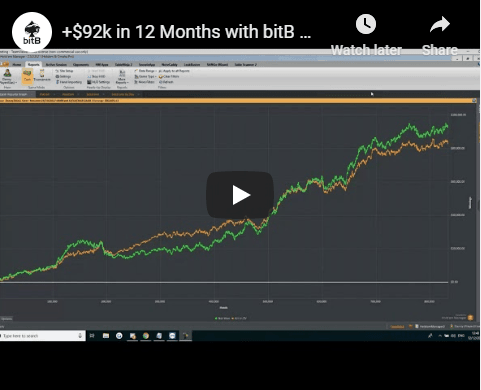

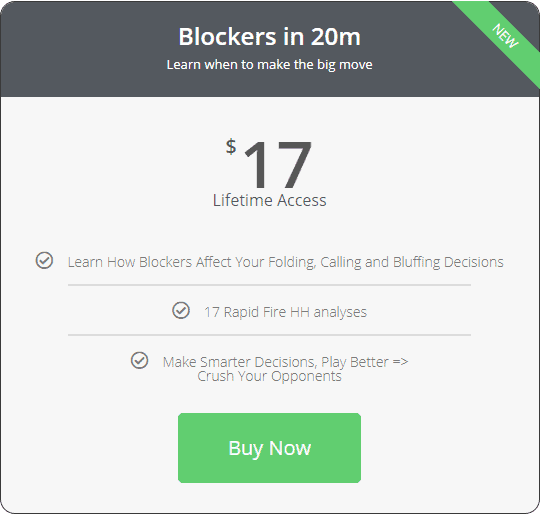

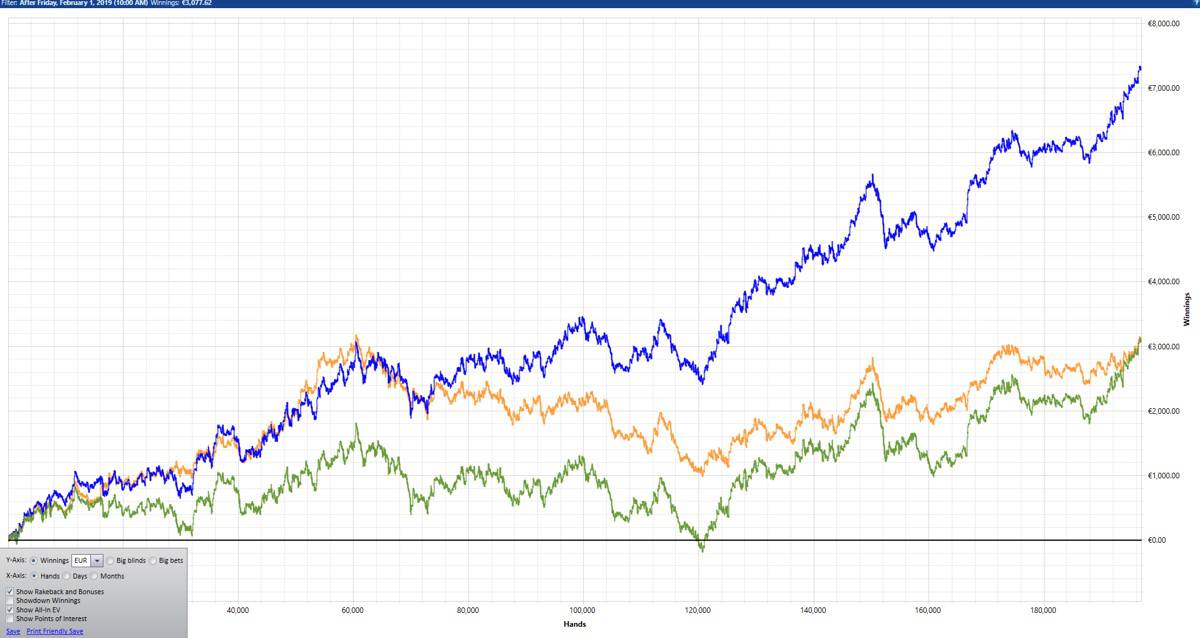
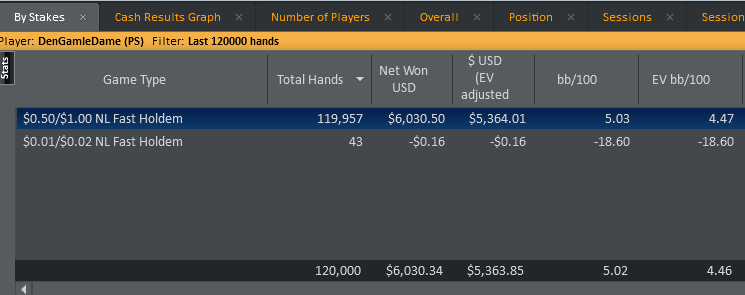


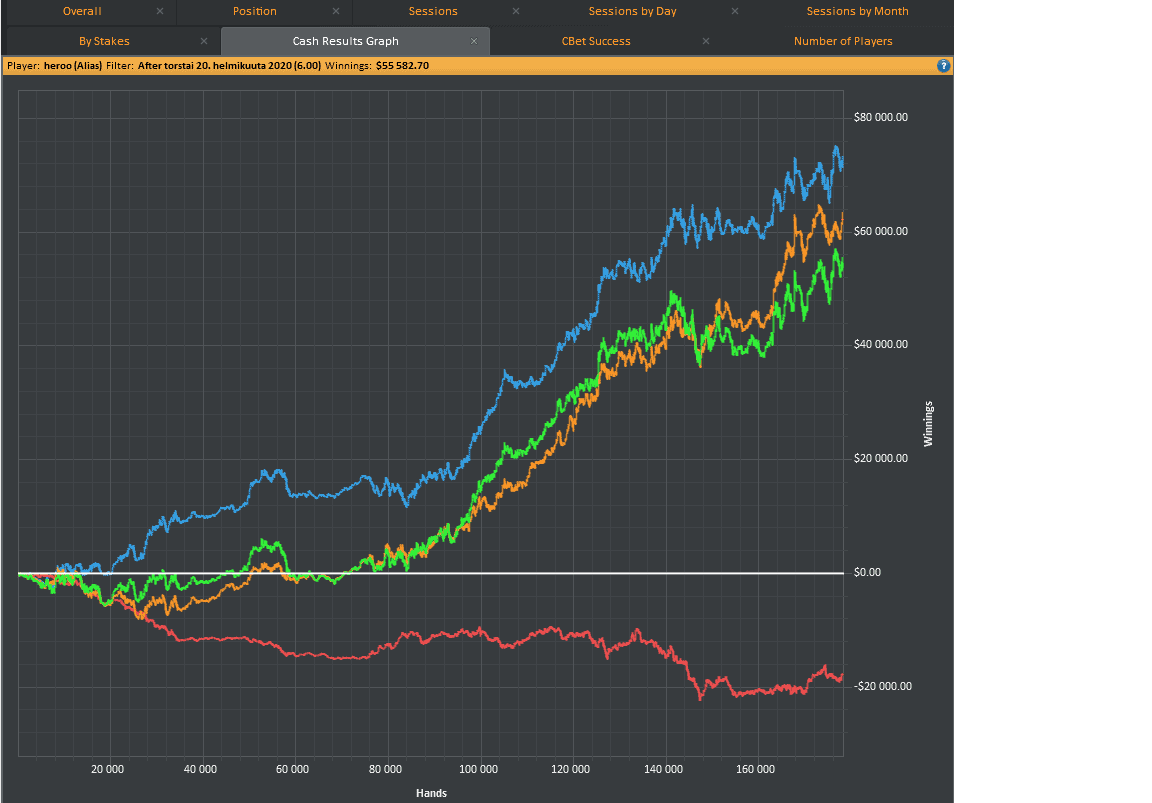

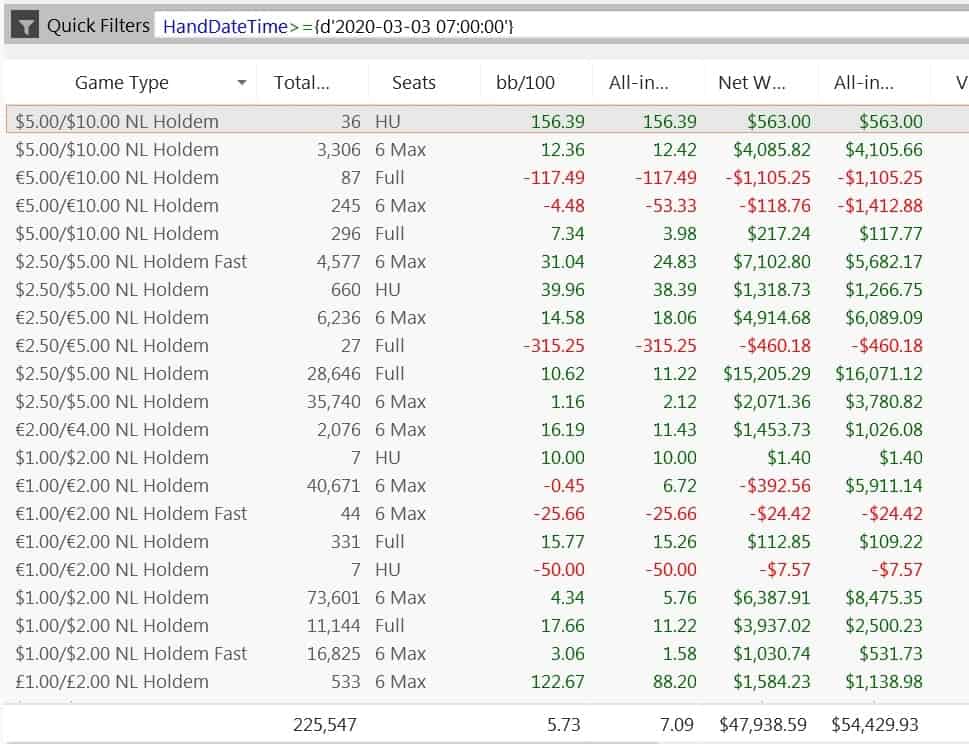
Building a Poker Bankroll from Scratch - 2. Kelly Criterion, Bankroll Management and How to Never Go Broke
Expect the best. Prepare for the worst. Capitalise on what comes.
Zig Ziglar
Welcome to part 2 of my new series on building a poker bankroll. In this section, we’re going to look at risk management as it relates to building your poker bankroll at microstakes, and how you can implement a smart bankroll management strategy so you never have to deposit again.
What is Bankroll Management?
Poker is a game of choices. Enthusiasts tend to focus on those most interesting strategic choices we face in game – whether to bet, raise or fold and etc. But before you should worry about any of those choices, you should worry about the more important, less glamorous meta choice we make implicitly every time we sit down to play – what stakes should I play?
Your instinctual reaction to this question is likely to be clear – I should play the highest game I can beat, i.e. the game where I make the highest hourly. Why play a lower game, make less money per hour and so delay making it to the highest stakes, right? However in most circumstances this is simply not the case.
If you’ve played a decent amount of poker, you’ve probably noticed the most wonderful and infuriating property of the game – you can do everything right and lose, not just for an hour or two, but for thousands and thousands of hands. Poker in the short run is not a ‘fair’ game – not even the best players in the world can sit down to play, safe in the knowledge they’ll come out on top after this session. The ‘long run’ in poker is considerably longer than most people realise – even as a long term, highly profitable professional player I expect to have 1, maybe 2 losing MONTHS per year (playing usually 30-70k hands/month).
So what can you do about this?
You can use a smart bankroll management strategy, playing ONLY in games where you can afford to stay in action EVEN AFTER LONG LOSING SPELLS.
This is the crux of bankroll management, and the sole aim of a smart bankroll management strategy – you MUST stay in action, going broke is not an option, so chose to play only games where you risk a small % of your bankroll. That way, when things go wrong (and trust me, eventually they will..) you don’t blow up your whole role and exit the games forever, you stay in action and live to fight another day. This can feel like a redundant exercise is your poker bankroll isn’t a super significant amount of money for you, but as I mentioned in part 1 – if you can’t manage a small bankroll it’s highly unlikely you can manage a big one.
How Many Buyins Do I Need to Play X Stake?
Though it’s possible to get quite technical with bankroll management (as we will later in this article), as with most situations a simple heuristic will often work just as well (or better) than a complicated model. So, when I’m advising students on moving up, I generally stick to the following rule:
‘Take a 10BI (buy-in) shot at the next level once you have 50BI’
Now, obviously I consider my students to be a non-representative sample as far as online poker players go, as they have resources/advantages that most people don’t have. So for a beginning player I’d recommend something slightly more cautious than this (perhaps waiting till you have 80 or 100BI before taking the shot). However, one thing I wouldn’t recommend revising is the size of the shot – losing 10BI shouldn’t even be considered a downswing, it happens all the time even for the strongest players in the world. Taking a shot of less than this size basically amounts to gambling, as it is really in the hands of the gods whether the shot sticks or not.
Moving Down, Ego and Mental Game
One disadvantage of using an aggressive bankroll management strategy like the one outlined above is that it’s very likely at some point you will need to take your medicine and move down. People find this hard, as it feels like moving away from your ultimate goal and it often feels like failure. I’ve seen numerous instances of people taking failed shots at a higher level, only to move back down and then have trouble taking the lower game seriously. Or worse, they completely stop doing the off-table work required to consistently improve. This is one of many good reasons to be constantly working on your mental game, to take the ego out of the equation, to trust the process and to focus on the long term, where the number of times you unsuccessfully moved up to a certain level is a footnote. This is a massive topic, check out my article on the best poker books in 2019 for more.
I vividly remember the feeling that I’d never be good enough to beat 100nl, after trying and failing to move up to that level at least 3-4 times. In the end it proved a blessing in disguise as I was forced to develop a strong mental game which made subsequent trials far easier, but all too often I see strong technical players defeat themselves by over-reacting negatively to an unsuccessful shot at a higher limit. The difficulties of being human 🙂
Getting Technical – The Kelly Criterion
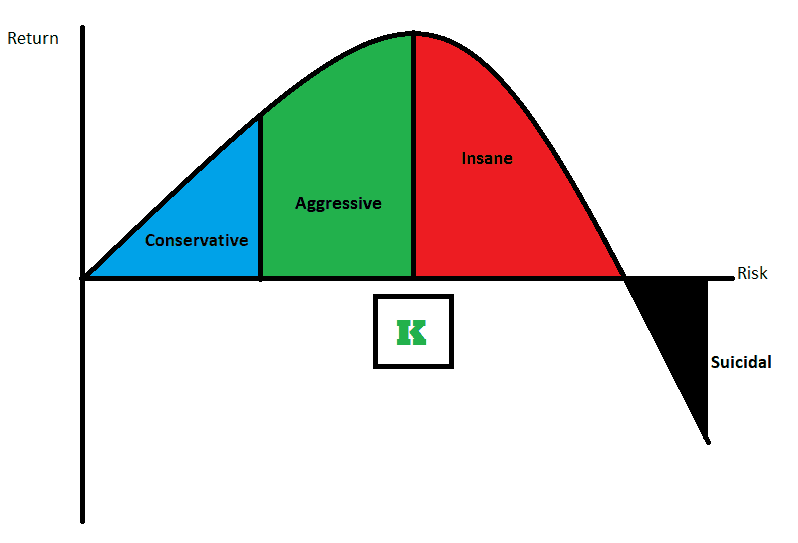
Doing my research from this article, I stumbled across this hilarious excerpt from Wikipedia, which is too good not to include:
‘The Kelly Criterion is to bet a predetermined fraction of assets and can be counterintuitive. In one study,[5][6] each participant was given $25 and asked to bet on a coin that would land heads 60% of the time. Participants had 30 minutes to play, so could place about 300 bets, and the prizes were capped at $250. Behavior was far from optimal. “Remarkably, 28% of the participants went bust, and the average payout was just $91. Only 21% of the participants reached the maximum. 18 of the 61 participants bet everything on one toss, while two-thirds gambled on tails at some stage in the experiment.” Using the Kelly criterion and based on the odds in the experiment, the right approach would be to bet 20% of the pot on each throw (see first example below). If losing, the size of the bet gets cut; if winning, the stake increases.’
https://en.wikipedia.org/wiki/Kelly_criterion
Lmao, rational agents right?
But anyway – the basic idea of the kelly criterion is that you should risk X% of your bankroll given your probabilities of winning/losing and your odds. In poker, people tend to measure their winrates in terms of big blinds per 100 hands (bb/100) rather than percentages, but doing some digging I found a good post on 2p2 which details how to translate these to a format where you can use the Kelly Formula here.
I remember making a post on rival poker forum pocketfives where I showed everyone how incredibly smart I was by applying the Kelly Criterion to my bankroll management strategy. I’d been having a tough time moving up from $6 to $13 SNGs, so my winrate in $/game was lower at $13 than at $6. I showed mathematically why it made no sense for me to continue trying to move up, completely failing to account for the possibility that I’d been running good in the lower game and bad in the higher game. The reader can probably now tell, these days I don’t put much stock in precise modelling of these types of decisions, rules of thumb tend to work better and are much easier to apply.
Wrapping Up
While it’s not necessary to formulate too precisely, it is essential to implement AND STICK TO a conservative bankroll management strategy if you’re going to build a bankroll from the microstakes. Having the discipline to play within the limits of your pre-defined strategy will ensure you keep playing games you are able to beat, and stay in action no matter how roughly the gods of fortune treat you in the short run. Remember, if you just play without a bankroll management strategy, it’s not a question of IF you go broke, it’s a question of WHEN you go broke – might not be today, might not be tomorrow but eventually variance will catch up with you. If you’re smart, you’ll be ready for it – you’ll move down for a while if you need to, lick your wounds and continuing working at becoming a stronger player. If not, that’ll be all she wrote for your poker career until the next time you deposit and try to run something up.
That’s it for today, I’ll be back soon with part 3, where I’ll talk about your biggest and most frequent opponent at microstakes, which people always underestimate.
Till then, GL out there!
D7
